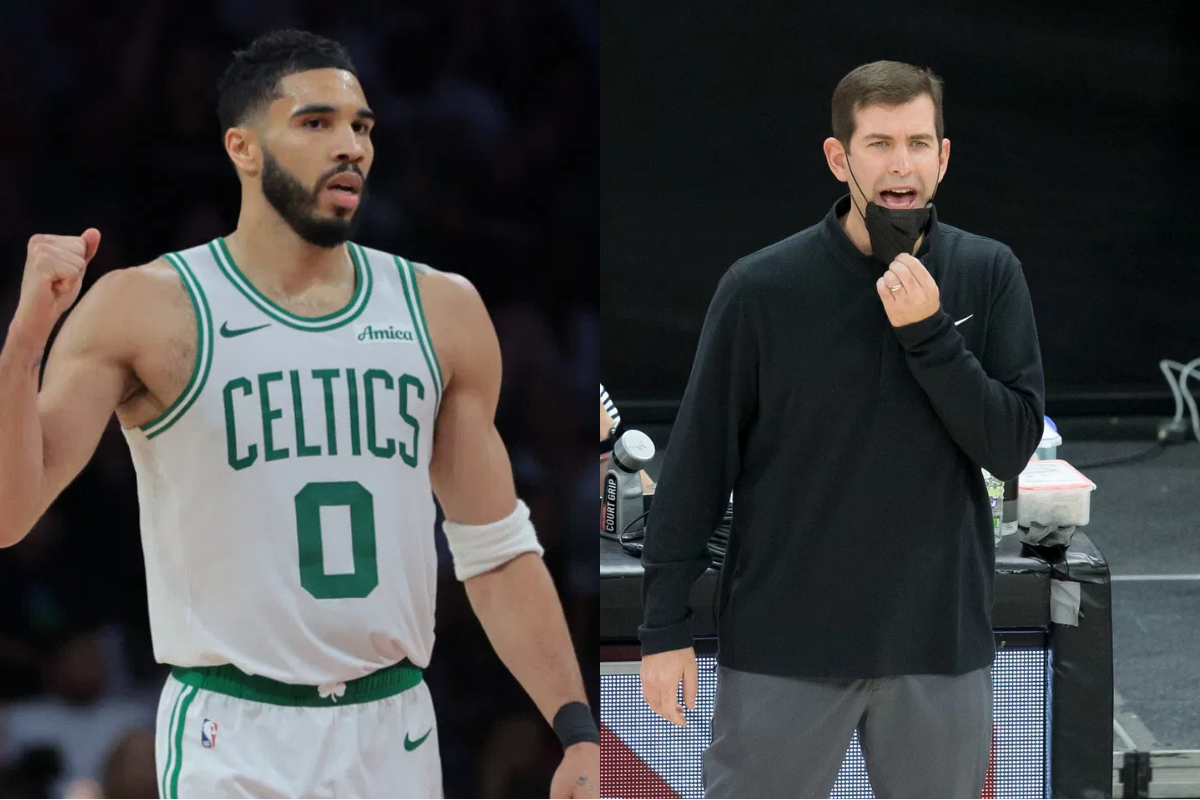
Imago
via Imagn

Imago
via Imagn
Jayson Tatum’s season—and maybe the Boston Celtics’ title hopes—snapped in an instant. Late in Game 4 against the New York Knicks at Madison Square Garden, Tatum collapsed to the floor. At first glance, it just looked like a tweak, the kind of grimace-and-limp moment you see every other game in the playoffs. But this one proved different: he had ruptured his Achilles.
Watch What’s Trending Now!
Yeah, that injury. The one that’s sidelined is Kyrie Irving. One that’s slowed down Damian Lillard. The one that robbed Derrick Rose of his explosiveness and almost derailed Kobe Bryant’s final chapter. An Achilles rupture doesn’t just knock a player out—it tests their mind, their confidence, and, in some cases, their identity. But somehow, what came next might go down as one of the fastest, cleanest medical responses in NBA history.
Brad Stevens, calm as ever, pulled back the curtain on how the Celtics handled it. “There’s going to be several steps he’ll have to take before he ultimately gets back out on the court,” Stevens said. “But the positive was… we were 15 minutes away from Dr. O’Malley.”
ADVERTISEMENT
“We know that there’s a long road ahead, and that there’s going to be several steps that he’ll have to take before he ultimately gets back out on the court… But the positive was we were 15 minutes away from Dr O’Malley, who is a terrific… pic.twitter.com/P3ju3qwHxP
— Justin Turpin (@JustinmTurpin) May 19, 2025
Before Jayson Tatum even had time to take off his jersey, Celtics team doctor Anthony Schena was already working the phones. Dr. Martin O’Malley—one of the top Achilles specialists on the planet—was just across town in Manhattan. Incredibly, everything aligned. The scan. The diagnosis. The surgery. All of it happened before Boston had even put out its official injury report.
ADVERTISEMENT
“That is atypical—even for a professional athlete or a high-profile individual,” said Dr. Lou Soslowsky, director of the Penn Achilles Tendinopathy Center. “The fact that he did choose a surgeon and there was availability to operate on him so quickly gives him an excellent shot at an earlier-than-average, high-level athlete return.”
This wasn’t just about speed. It was about survival. Because when your best player goes down, you don’t wait. You gotta move. And you gotta move fast. Boston did just that. In a league where everything can change on a buzzer-beater, this might have been the Celtics’ most important move of the postseason.
ADVERTISEMENT
But while the medical team moved like champions, the front office now faces a different kind of pressure. Because surgery bought time, not answers.
Without Jayson Tatum the Celtics Face a franchise-defining offseason
But surgery doesn’t solve the real question facing Boston: what’s next? Jayson Tatum is expected to miss most—if not all—of the 2025–26 season. That’s not just your leading scorer on the shelf. That’s your All-NBA First Team forward, your franchise face, and the centerpiece of a roster already approaching a $500 million total cost when factoring in luxury taxes.
ADVERTISEMENT
Boston, just one year removed from hoisting the Larry O’Brien trophy, suddenly faces a murky future. Brad Stevens didn’t pretend to have all the answers. “I know there will be a lot of questions about what’s next,” Stevens said. “But I’ll talk more about that at the draft… after meeting with all the key stakeholders.”
In other words: no rush decisions, no fake promises. Just breathing room. Because after a brutal playoff exit and a franchise-altering injury, this summer isn’t just about tweaking a roster. It might be about reshaping the entire thing. Sources around the league are already bracing for movement. “The Celtics will be exploring trade options this offseason,” insider Shams Charania reported. “This iteration is just not gonna be sustainable.”
Top Stories
A’ja Wilson, Bam Adebayo Issue Strong Statement Against Rachel Nichols’ Question About Couple’s Privacy
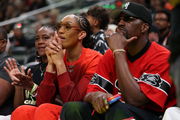
Caitlin Clark Surpasses LeBron James, Stephen Curry With 136,000 PSA Announcement
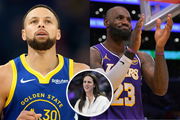
NBA World Turns On Victor Wembanyama After Subtle Dig at Shai Gilgeous-Alexander, OKC

Respect Pours In for Shaquille O’Neal, Charles Barkley After $200,000 Announcement
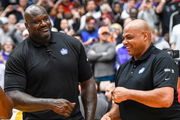
Who Is Steven Adams’ Girlfriend Kayla? Everything to Know About Rockets’ 6’11 Star’s Romance Life
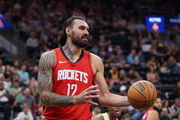
With Al Horford possibly retiring, Kristaps Porzingis still recovering from post-viral syndrome, and the new CBA putting second-apron teams in a roster-building chokehold, Boston’s win-now model is cracking. And without Tatum, that “win-now” suddenly feels like “wait and see.” Still, Stevens insists the vision remains the same. “The North Star is to have a championship contender,” he said. “We’ll figure out how to be the best version of ourselves moving forward.”
ADVERTISEMENT
Right now, that version is blurry. But if there’s any silver lining, it’s that Tatum’s recovery is off to a best-case start. Fast surgery, elite care, and at just 27 years old, he’s got time on his side.
The road back will be long. For both Jayson Tatum and the Celtics. But if Boston’s response to his injury showed anything, it’s that they still know how to sprint when the game is on the line. And maybe—just maybe—it’s enough to keep hope alive.
ADVERTISEMENT
ADVERTISEMENT
ADVERTISEMENT

